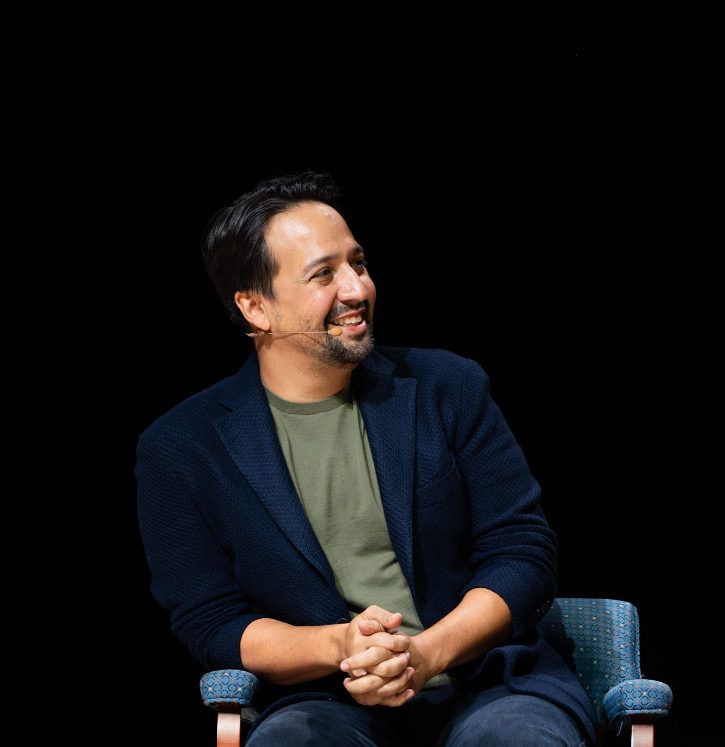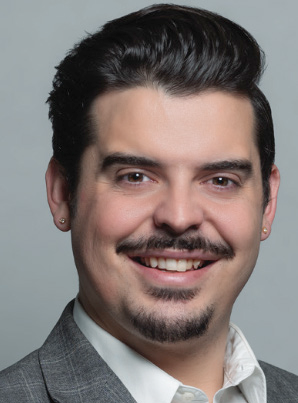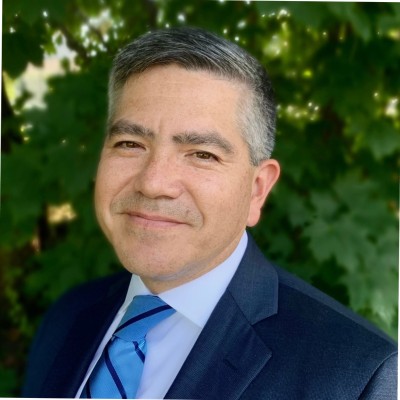
Since his appearance on the Hill in October, Paul Gottfried has been a polarizing figure within and outside of Hamilton’s community. After a nondescript email announcing his presence was sent out two days prior to his visit, Gottfried lectured in two classes and was honored at a dinner reception held at the Alexander Hamilton Institute (AHI) the following day.
The response to his appearance can best be described as a slow, sustained burn. In
The Spectator
alone, over a span of two months, six pieces were published covering and debating the merits of his presence on campus. Between Hamilton professors, student protesters, neutral observers, and President Wippman, all of whom weighed in on this issue at various points during the year, there has been no shortage of perspectives on Gottfried, and, on a larger scale, issues of free speech on college campuses. By now, many have contracted “Gottfried fatigue,” or simply stopped paying attention to the matter altogether. Such collective relegation by the community of a largely irrelevant appearance by a largely unimportant retired professor makes it all the more interesting that Gottfried himself, nearly three months after his visit, decided to pen an article on the topic.
Gottfried’s piece predictably dismisses any notion that anything he has said in his long career of writing and speaking could reasonably be construed as racist. Rather than address past statements and writings, most of the article is spent matter-of-factly responding to abstract criticisms of his on-campus lectures, while also offering his own view of how his visit transpired. Taken at face value, these points are largely benign and offer little that could further stir an already lively pot on this topic, especially when compared to the firey (and unconstructive) dialogue between Professors Cannavò and Paquette, who squared off in Letters to the Editor published on Nov. 9 and Nov. 16, respectively.
Spend more time with the article, however, and one begins to notice a nascent tone of superiority and condescension. Take the opening line of his piece. Gottfried writes, “As I watched the antics of the hooded “Antifa” mobs at Berkeley and other large universities last year, I thought that I’d missed something in my many years as a college professor.” Or so he thought.
Gottfried quickly establishes an false equivalance between the “Antifa mobs” he witnessed on the news and the student protesters who appeared outside his lectures at Hamilton, who he implicitly describes as “raging, anti-fascist students” who “assailed” him. The reality is that while it might have been more convenient for Gottfried if he had actually experienced any strife while visiting campus, the twenty or so student protestors who stood silently outside his lectures holding signs hardly gift him with any semblance of far-right celebrity. Gottfried is no Milo Yiannopoulos; he lacks even the notoriety of fellow academic Charles Murray.
Gottfried’s article (as well as a
National Review
piece on the same topic published on Jan. 22) does not attempt to further the debate on free speech in any meaningful or intellectual way. Instead, it reads as a self-serving and not particularly insightful attempt to play the aggrieved conservative martyr in a sea of brainwashed liberal and decidedly unintellectual college students — a bit, which while popular with the equally aggrieved comment sections of the far right, is wildly mispresentative of Gottfried’s own limited time on the Hill.
To Gottfried, it is insignificant that, in his own words, “Each of my two talks went off without any trouble.” It does not matter that his appearance was scheduled in secret, hastily announced, and the organizers failed to follow the basic procedure for bringing a speaker to campus. To him, the AHI,
National Review
, and others, the mere fact that students saw it fit to protest his visit (again, silently and peacefully) is further evidence of their belief in a homogenous, uncompromising, radically liberal population of American college students who just don’t understand how the world works. Truly, it seems more likely that such denunications of apparently-liberal students is reflective of these figures’ own insecurity and their collective yearning for a return of cultural conservatism that has been all but relegated from the mainstream American consciousness.
It is our hope that, in the future, speakers and students alike are given the opportunity to express their beliefs, while articles like Gottfried’s, which seek only to pander, divide, and mock, remain comfortably in the rough drafts folder — or on the pages of far-right fringe websites — in favor of a more constructive dialogue.

























